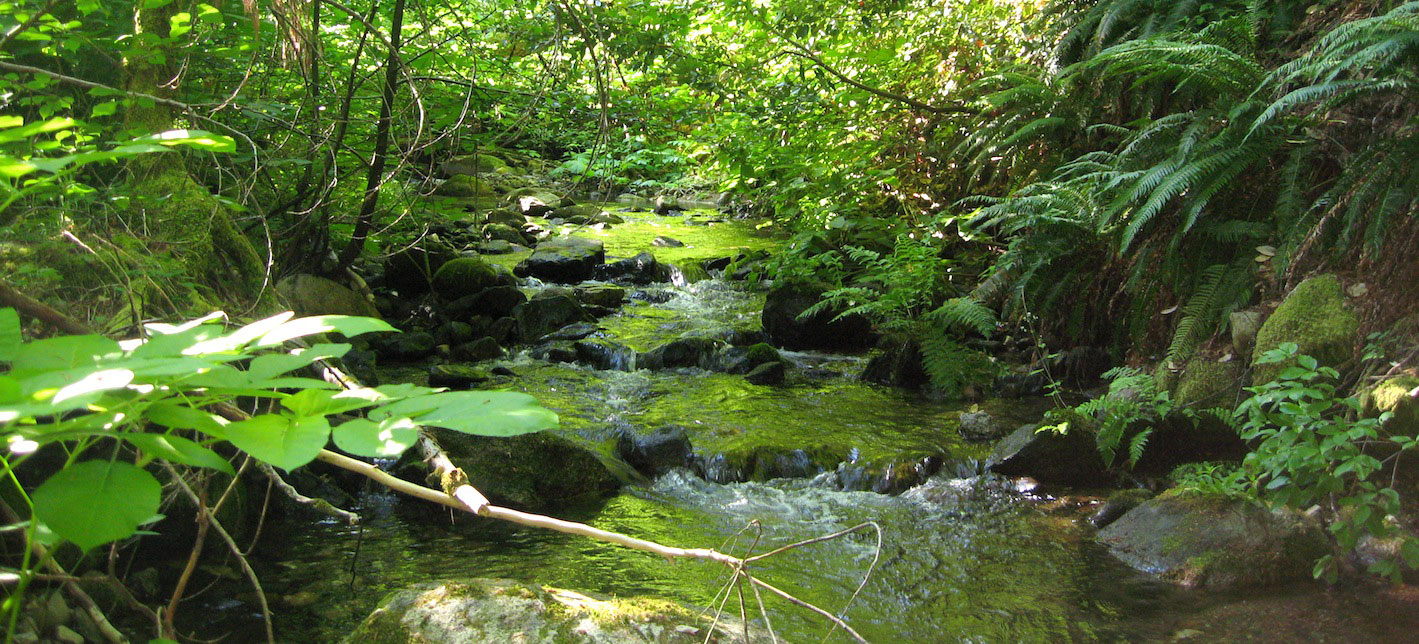Conquering Nature Discussion
Are We Using up Earth’s Resources?
Background:
Humans consume enormous quantities of natural resources. In 1972, the Club of Rome produced a report that evaluated the possible futures humanity faces depending on the relative consumption versus availability of natural resources. The report concluded that the global system is on an unsustainable trajectory unless there is substantial and rapid reduction in human consumption, possibly aided by technological progress. To substantiate the possibility of a collapse of civilization, Prof. Jared Diamond wrote a book called, Collapse: How Societies Choose to Fail or Succeed, which describes the historical collapse of 5 human societies thereby demonstrating the collapse has occurred and could occur globally.
On the other hand, economists and mathematicians have pointed out that not only was the model developed by the Club of Rome overly simplistic to make conclusions about the future of human civilization, but the parameters in the model are so highly sensitive that even a small adjustment to selected values yields the opposite conclusion that no collapse is forthcoming.
The question arises, Are we using up Earth’s resources and heading toward a collapse of global human civilization?
Different stakeholders have different perspectives on this issue.
Broad Assignment:
You will watch the movie Aguirre: Wrath of God to view a dramatized, fictional perspective on Europeans attempting to explore and conquer South America. After watching the movie but before coming to your discussion section, everybody will read an academic article framing the topic of whether humans are using up Earth’s resources and heading toward collapse of civilization. Further, after watching the movie but before coming to your discussion section, each person will be assigned to a stakeholder viewpoint and you will read a document presenting the viewpoint you are assigned to articulate. In class you will participate in discussion of the scenario.
Everybody reads:
- Turner, G.M., 2008. A comparison of The Limits to Growth with 30 years of reality. Global environmental change 18 (3): 397-411.
- Note that this item cannot be shared publicly, but is available through UCD's online journal access rights. Please obtain this from the SAS004 Canvas Files pages or by downloading it directly from the journal from a UCD-hosted internet connection.
Stakeholder ID’s For This Assignment:
- Anthropologist/Geographer
- Biologist
- Economist
- Mathematician
Specific Readings by Stakeholder ID:
You are welcome to search the internet to find more resources in support of discussing the viewpoint you are assigned to represent.
1. Diamond, J. 1995. "East Island's End". Discover magazine, 16:8:62-70.
Note that this item cannot be shared publicly, but is available through UCD's online journal access rights. Please obtain this from the SAS004 Canvas Files pages or by downloading it directly from the journal from a UCD-hosted internet connection.
2. Ehrlich Paul R. and Ehrlich Anne H. Can a collapse of global civilization be avoided? Proceedings of the Royal Society B. 280: 20122845. http://doi.org/10.1098/rspb.2012.2845.
Note that this item cannot be shared publicly, but is available through UCD's online journal access rights. Please obtain this from the SAS004 Canvas Files pages or by downloading it directly from the journal from a UCD-hosted internet connection.
3. Passell, P., Roberts, M., Ross, L. 1981. The Limits to Growth. New York Times. 02 April 1972.
4. Vermeulen, P.J. and De Jongh, D.C.J., 1976. Parameter sensitivity of the ‘Limits to Growth’world model. Applied Mathematical Modelling 1:1: 29-32.
Note that this item cannot be shared publicly, but is available through UCD's online journal access rights. Please obtain this from the SAS004 Canvas Files pages or by downloading it directly from the journal from a UCD-hosted internet connection.
Activity in Discussion Section:
- 7 minutes settling class down, deal with class issues, and TA intro to scenario.
- 7 minutes discussion with same all people with same viewpoint discussing how to make your main points
- 7 minutes with an opposing viewpoint, one-on-one
- 7 minutes with an opposing viewpoint, one-on-one.
- 7 minutes with an opposing viewpoint, one-on-one.
- 7 minutes with an opposing viewpoint, one-one-one
- 7 minutes whole-class discussion wrap up.


